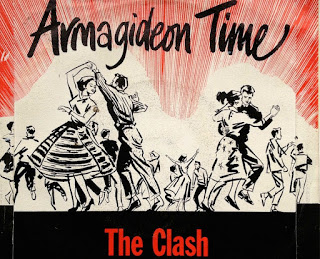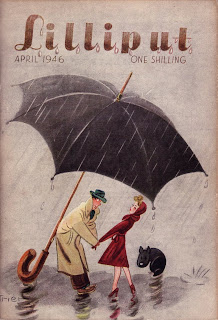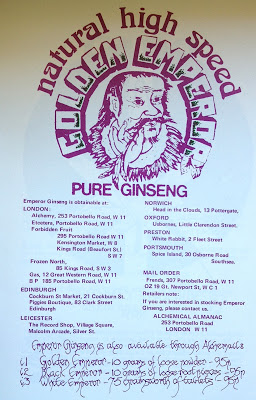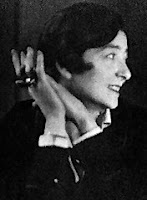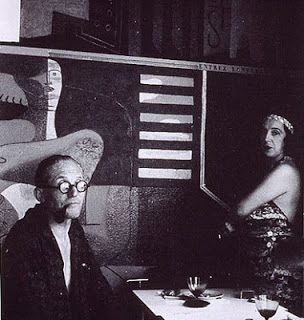
From Walking Essays by A.H. Sedgwick. This book appeared in 1912 and is mainly about walking - with a good piece on walking in London. As well as attacking ties, Sedgwick also attacks the waltz and its ubiquity. The reference to the 'ridiculous' ties of 1892 is illustrated by a picture of an 1890s dandy (Robert de Montesquiou). Oscar Wilde went in for a fairly fat tie but it is hard to find good pictures of his neck wear...

Ties furnish perhaps the clearest instance of the break-down of utilitarianism. They serve no material purpose of any kind. The days are long gone by when the tie added perceptibly to the warmth of the body : even the ties of 1892, which seem ridiculous to-day, cannot have saved a single valetudinarian of that age (as he thought) from a cold in the chest, or (as we now learn) have weakened his capacity to resist chill. No man's health or bodily comfort would now be affected in the slightest degree by the presence or absence of a tie. Nor, if utilitarians take the rash step of admitting beauty into the system of pleasures, can very much be said for ties. It is true that they sometimes add a desirable touch of colour ; but if beauty were our aim in ties, should we stop for a moment within the present limitations of either colour or shape ? A large flounced piece of drapery with an elaborate colour scheme, twisted in decorative lines across our chest to a bow on the hips or the small of the back, would be the very least we should put up with. Can any one with a little knot of monochrome peering bashfully from a minute triangular opening in a waste of drab monotony talk seriously about beauty in ties ?

